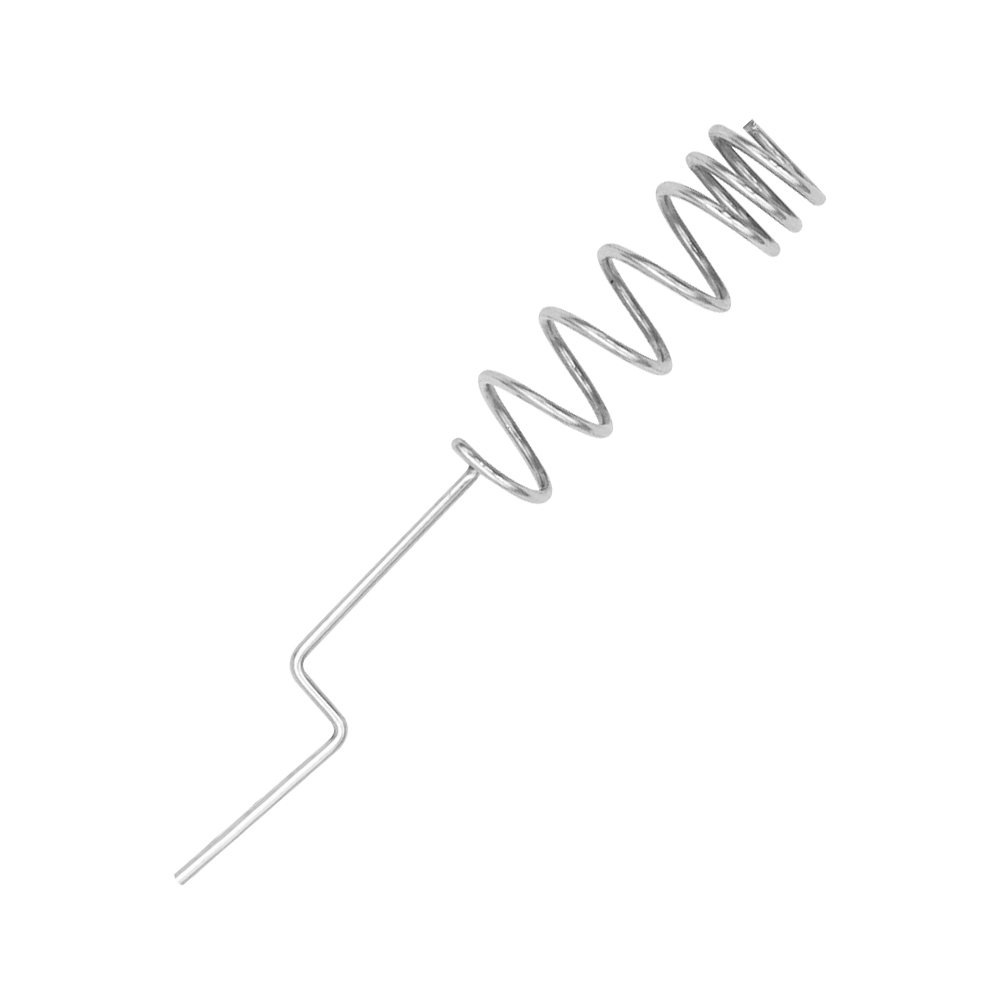The world of cables has undergone a remarkable transformation over the decades. From the early days of coaxial cables to the cutting-edge fiber optic technology, the evolution of these essential components has played a crucial role in shaping our communication landscape. This article delves into the various types of cables, their historical significance, and their impact on modern technology.

Understanding Coaxial Cables
Coaxial cables were among the first types of cables used for transmitting data and television signals. They consist of a central conductor, an insulating layer, a metallic shield, and an outer insulating layer. This design allows for minimal signal loss and interference, making coaxial cables ideal for cable television and internet services.
- High bandwidth capabilities
- Resistance to electromagnetic interference
- Durability and flexibility
Have you ever wondered why coaxial cables were so popular in the past? Their ability to carry high-frequency signals made them a preferred choice for many applications. However, as technology advanced, the limitations of coaxial cables became apparent, leading to the development of more efficient alternatives.
The Rise of Twisted Pair Cables
Following the success of coaxial cables, twisted pair cables emerged as a significant advancement in data transmission. These cables consist of pairs of wires twisted together, which helps to reduce electromagnetic interference. Twisted pair cables are widely used in telephone networks and local area networks (LANs).
- Unshielded Twisted Pair (UTP)
- Shielded Twisted Pair (STP)
What makes twisted pair cables so effective? Their design minimizes crosstalk and enhances signal quality, making them suitable for various applications. However, as data demands increased, the need for even faster and more reliable connections became evident.
Fiber Optic Cables: The Future of Connectivity
Enter fiber optic cables, the pinnacle of cable technology. These cables use light to transmit data, allowing for incredibly high speeds and bandwidth. Fiber optic cables are composed of thin strands of glass or plastic, which transmit light signals over long distances without significant loss.
- High-speed data transmission
- Resistance to electromagnetic interference
- Greater bandwidth capacity
Could fiber optic cables be the solution to our ever-growing data needs? With their ability to support vast amounts of data at lightning speeds, they are indeed paving the way for the future of connectivity. As industries continue to evolve, the demand for fiber optic technology will only increase.
Conclusion: The Importance of Cables in Modern Technology
In conclusion, the evolution of cables from coaxial to fiber optic has significantly impacted our communication systems. Each type of cable has its unique advantages and applications, contributing to the seamless connectivity we enjoy today. As technology continues to advance, it is essential to stay informed about the latest developments in cable technology.
For more information on high-quality cables and related products, visit  .
.














